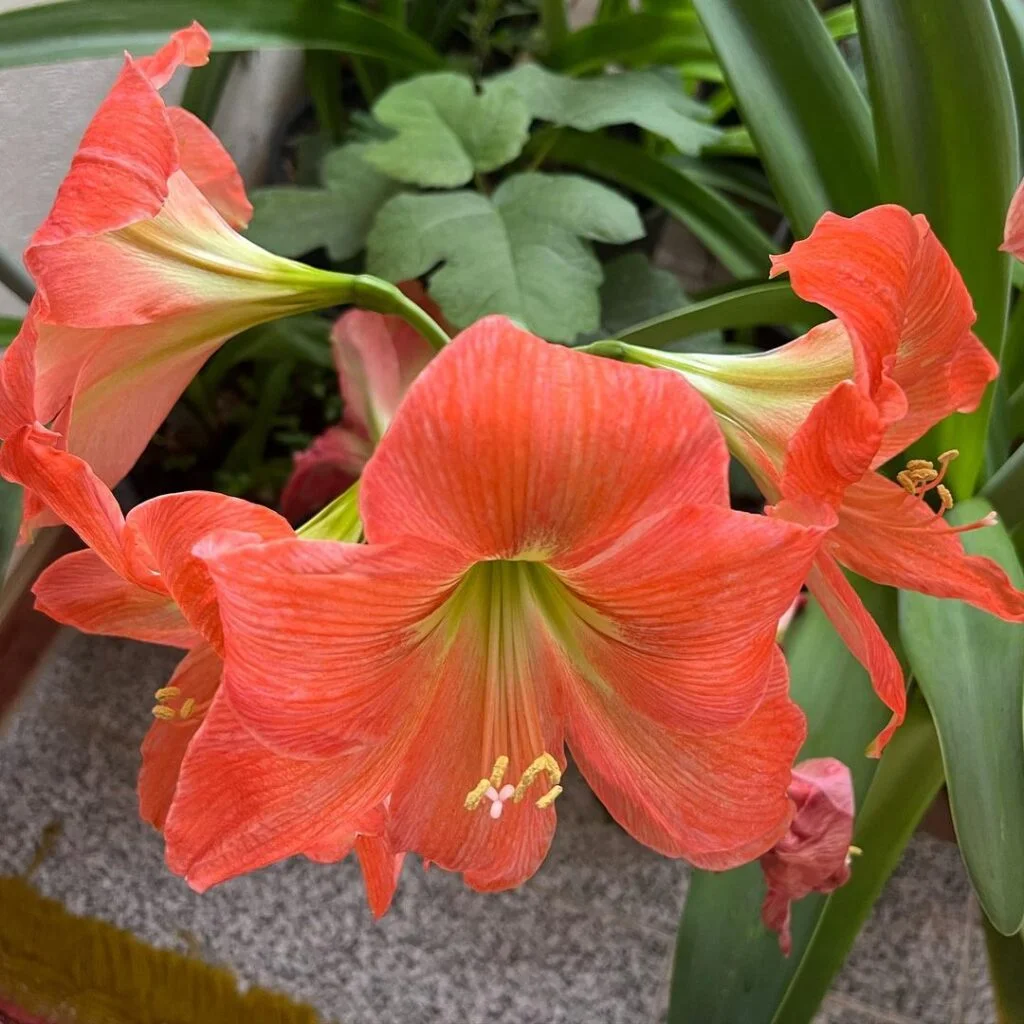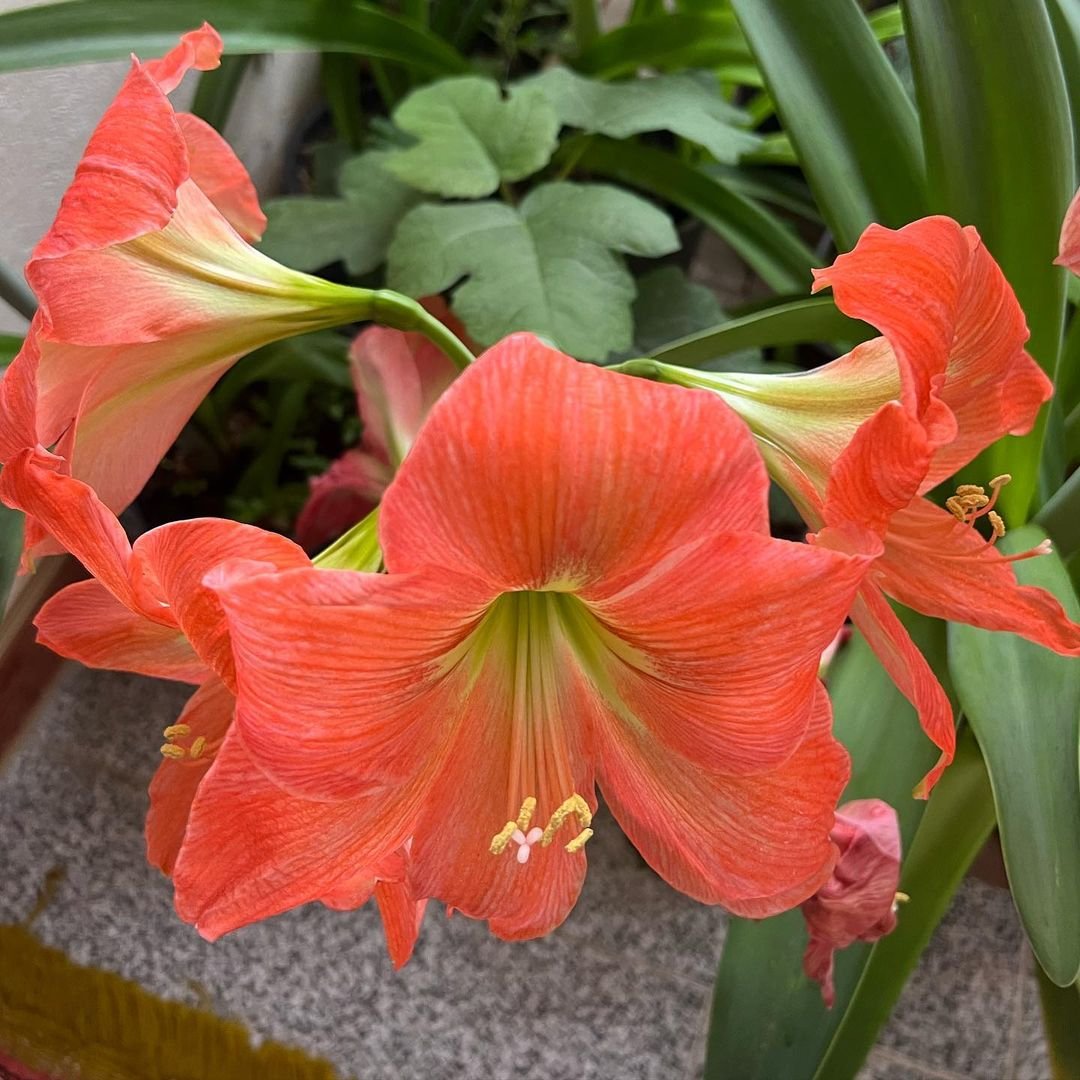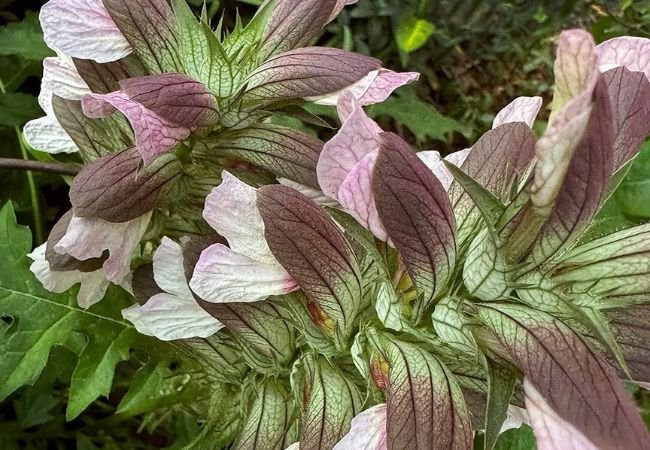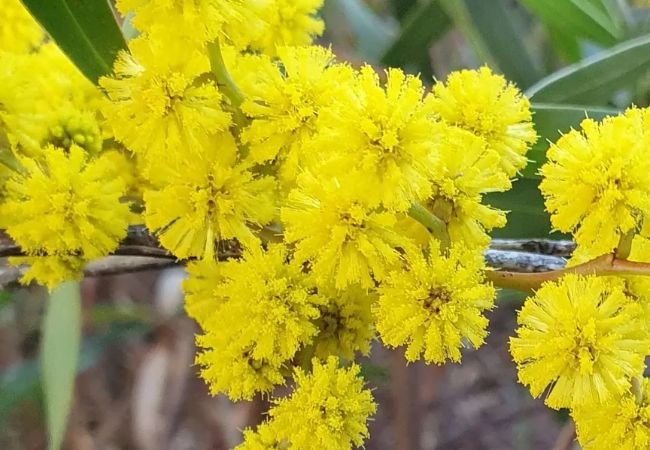Discover expert tips on amaryllis bulbs, amaryllis care, and blooming secrets from my 10 years of gardening experience at USA Garden Hub. Learn how to care for amaryllis, when to cut back leaves, and more!
With over 10 years of gardening experience, I’m excited to share my passion for one of my favorite winter bloomers—the stunning amaryllis flower. In this comprehensive guide, I’ll walk you through everything you need to know about growing and caring for amaryllis, from choosing the perfect bulbs to understanding their care routine and even exploring unique varieties like the wax white amaryllis, red amaryllis, and giant amaryllis. Whether you’re a seasoned gardener or just starting out, this guide is designed to answer your questions in a friendly, conversational tone while aligning with Google’s AI-driven search algorithms for featured snippets and voice search.
I first fell in love with amaryllis flowers over a decade ago. Their bold, trumpet-shaped blooms and vibrant colors not only light up winter days but also bring a touch of elegance and cheer into any home. Amaryllis plants are easy to grow indoors and can transform a space with their dramatic display. In this article, I’ll share step-by-step guidance on amaryllis care, answer questions like how do you care for amaryllis plants?, and explain what to do with amaryllis after blooming.
For more gardening inspiration, visit USA Garden Hub.
Here’s the information chart for Amaryllis:
| Category | Information |
|---|---|
| Botanical Name | Hippeastrum spp. |
| Common Name | Amaryllis |
| Plant Type | Bulbous perennial |
| Hardiness Zone | Zones 8-11 (outdoors); can be grown indoors in colder zones |
| Sun Exposure | Full sun to part shade |
| Soil Type | Well-draining, fertile |
| Watering | Moderate |
| Growth Habit | Upright, clumping |
| Height/Spread | Height: 1-2 feet (30-60 cm); Spread: 1-1.5 feet (30-45 cm) |
| Special Features | Large showy flowers, indoor bloom potential, deer resistant |
What is Amaryllis?

Amaryllis bulbs are the heart of this beautiful flower. They store all the energy needed for a robust bloom cycle. When you purchase a bulb, look for ones that are plump and free of mold or soft spots. A healthy bulb is essential for achieving a vibrant display.
How to Plant Amaryllis Bulbs
Planting amaryllis bulbs is straightforward, and I’ve honed my technique over the years to ensure consistent success. Here’s how I do it:
- Select the Right Pot: Choose a pot that is about one-third to half the height of the bulb. Ensure it has drainage holes.
- Soil Mix: Use a well-draining potting mix. I often mix regular potting soil with some perlite for extra drainage.
- Positioning the Bulb: Place the bulb so that about one-third of it sits above the soil line. This helps the leaves emerge more freely.
- Watering: After planting, water sparingly until roots start to develop. Overwatering can cause the bulb to rot.
- Light and Temperature: Place your pot in a bright area but out of direct sunlight. Amaryllis thrive in moderate temperatures between 60°F to 70°F.
Learn more about indoor bulb planting techniques on USA Garden Hub’s indoor gardening tips and check out detailed advice on how to look after an amaryllis.
Amaryllis Care: Best Practices for Healthy Blooms
Daily Care Routine
Proper care is the cornerstone of a thriving amaryllis plant. Here are some key practices:
- Watering: Water your amaryllis sparingly until you see new growth. Once the plant is actively growing, water when the top inch of soil feels dry.
- Fertilizing: Use a balanced, water-soluble fertilizer every 2-4 weeks during the growing season to promote healthy blooms.
- Light: Amaryllis require bright, indirect light. A spot near a south- or east-facing window is ideal.
Common Questions: How to Care for Amaryllis?
One of the most common questions I get is, “how do you care for amaryllis?” My advice is to:
- Provide consistent moisture without overwatering.
- Place your plant in an environment with indirect, bright light.
- Feed the plant during its active growing phase, but reduce feeding once the bloom fades.
For more detailed care instructions, check out USA Garden Hub’s comprehensive amaryllis care guide.
When to Cut Back Amaryllis Leaves
After your amaryllis has finished blooming, you might wonder, “when to cut back amaryllis leaves?” It’s best to let the leaves remain until they turn yellow. These leaves help the bulb store energy for the next bloom. Once the leaves have fully yellowed, you can trim them back.
What to Do With Amaryllis After Blooming
After the stunning display fades, many gardeners ask, “what do you do with amaryllis after blooming?” Here’s my approach:
- Continue Regular Care: Keep watering and feeding the bulb.
- Allow Dormancy: Once the foliage dies back naturally, reduce watering to let the bulb go dormant.
- Repot if Necessary: Every few years, repot the bulb in fresh soil to rejuvenate it.
Additional insights on seasonal care can be found on USA Garden Hub’s seasonal gardening tips.
External Resources for Amaryllis Care
- Purdue University Extension on Flowering Bulbs
- Cornell University Gardening Resources
- Washington State University (WSU) Gardening Advice
Understanding the Amaryllis Blooming Cycle
The Life Cycle of an Amaryllis
Amaryllis flowers are renowned for their dramatic, long-lasting blooms, often emerging in winter or early spring. Understanding their life cycle helps you care for them better:
- Pre-Bloom: When you plant the bulb, it takes several weeks for the shoot to emerge.
- Blooming Period: Once the flower appears, enjoy the display for 4-6 weeks.
- Post-Bloom: After blooming, the leaves continue photosynthesis to store energy for next season.
Tips for Maximizing Blooms
From my experience, a few key tips ensure your amaryllis delivers a spectacular show every time:
- Consistent Watering and Fertilizing: Don’t let the soil dry out completely during active growth.
- Proper Lighting: Make sure your plant gets bright, indirect light to support energy production.
- Patience with Dormancy: Allow the plant its rest period after the leaves yellow naturally before reviving it for another cycle.
I often refer to USA Garden Hub’s indoor plant care series for further insights on optimizing bloom cycles.
Exploring Unique Varieties
Amaryllis are not just a single type of flower—they come in a range of stunning varieties that add diversity to any garden or home. Here are a few unique types I’ve grown over the years:
The Wax White Amaryllis
The wax white amaryllis is known for its elegant, creamy white blooms that contrast beautifully against dark green foliage. This variety is perfect for creating a sophisticated, minimalist look in your indoor garden.
Red Amaryllis
Nothing says bold like the red amaryllis. These vibrant blooms are perfect for making a dramatic statement during the colder months. They add a pop of color to any setting and are a favorite for holiday decorations.
Giant Amaryllis
If you’re looking to make a statement, the giant amaryllis is for you. With larger-than-life blooms, this variety is ideal for outdoor displays or as a centerpiece for special occasions. They require a bit more space and care, but the reward is well worth the effort.
The Curious Case of Amaryllis Fox
While “amaryllis fox” may sound unusual, it’s a term sometimes used by enthusiasts to describe a particularly striking cultivar that exhibits fox-like features in its leaf patterns or bloom structure. Although not as commonly referenced as the other varieties, it adds an intriguing twist to the diverse world of amaryllis.
For more variety-specific gardening tips, see USA Garden Hub’s plant spotlight series for inspiring ideas and practical advice.
External Resources on Varieties
- University of Florida IFAS Extension on Flowering Plants
- Royal Horticultural Society’s Guide to Amaryllis
Frequently Asked Questions
How Do You Care for Amaryllis Plants?
Caring for amaryllis plants involves a few straightforward steps:
- Planting: Use well-draining soil and a pot with drainage holes.
- Watering: Water only when the top inch of soil is dry.
- Lighting: Ensure bright, indirect sunlight.
- Fertilizing: Feed regularly during the growing season.
- Post-Bloom: Allow the leaves to naturally yellow before trimming.
For a deep dive into these tips, refer to USA Garden Hub’s amaryllis care article.
When to Cut Back Amaryllis Leaves?
I recommend waiting until the leaves have fully yellowed after the blooming phase. This period allows the bulb to absorb maximum nutrients for the next growth cycle.
What Do You Do With Amaryllis After Blooming?
After the bloom, continue with regular watering and feeding. Let the leaves die back naturally to allow energy storage in the bulb, then reduce watering to initiate dormancy. Later, you can revive the bulb for a new blooming cycle by gradually reintroducing regular care.
How to Look After an Amaryllis?
Looking after an amaryllis means keeping up with a regular care schedule:
- Monitor Moisture: Avoid overwatering.
- Check Light Conditions: Provide sufficient indirect sunlight.
- Repot When Needed: Refresh the soil every few years to keep the bulb healthy.
For additional FAQs, visit USA Garden Hub’s gardening Q&A section.
Personal Experiences & Tips from My Garden
Over the past 10 years, I’ve experienced both challenges and triumphs while growing amaryllis flowers. Here are some personal tips that have worked for me:
- Experiment and Learn: Every garden is unique. I’ve learned that adjusting watering schedules based on the season makes a huge difference.
- Enjoy the Process: Gardening is as much about the journey as the destination. I often spend quiet moments admiring the simple beauty of my amaryllis blooms.
- Share Your Passion: I love discussing gardening tips with fellow enthusiasts. Whether through local gardening clubs or online forums, sharing experiences has enriched my own knowledge.
One memorable winter, I decided to experiment with the giant amaryllis. Despite the initial challenges of finding the perfect balance of water and light, the results were breathtaking—a reminder that sometimes a little extra care can yield spectacular rewards.
If you’re looking for more personal gardening stories and practical tips, check out more inspiring posts on USA Garden Hub’s blog.
Conclusion
Amaryllis flowers are a delightful addition to any indoor or outdoor garden, offering a splash of color and a touch of elegance during the colder months. With the right amaryllis care, from selecting quality bulbs to understanding their blooming cycle and post-bloom routine, you too can enjoy the stunning beauty of these remarkable plants.
I hope my personal insights and detailed care instructions help answer your questions—whether you’re wondering how to care for amaryllis, when to cut back amaryllis leaves, or what to do with amaryllis after blooming. Remember, gardening is a journey, and every bloom is a celebration of nature’s resilience and beauty.
Thank you for joining me on this gardening adventure. Happy planting, and may your amaryllis flowers brighten your winter days as much as they have brightened mine!







One comment on “Amaryllis : The Stunning Winter Bloomer”